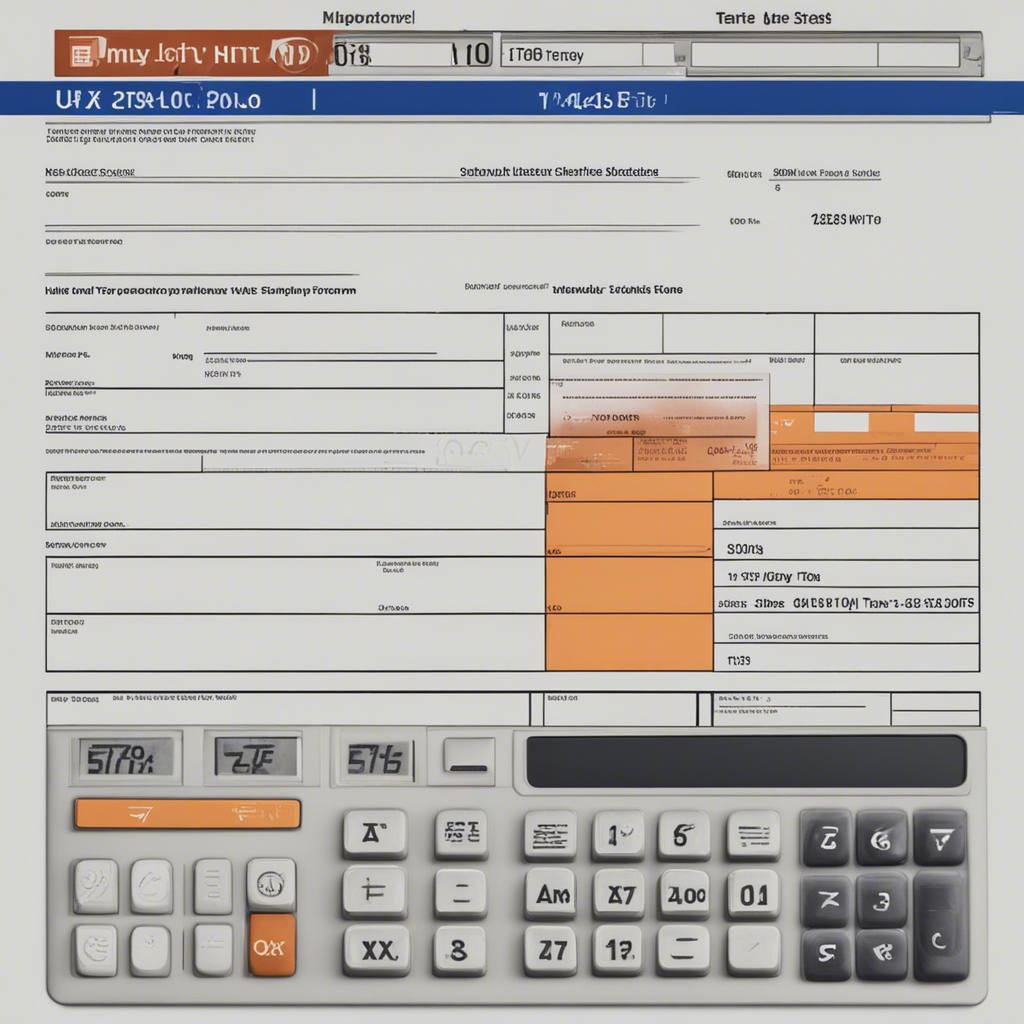
How to Start Saving for Your Retirement
Retirement planning is a significant financial goal for individuals of all ages. Whether you’re just starting your career or nearing retirement age, it’s never too early or too late to start saving for your future. In this comprehensive guide, we will explore various strategies and considerations to help you kickstart your retirement savings journey.
Why Start Saving for Retirement Now?
Many people delay saving for retirement due to competing financial priorities or a belief that they have plenty of time to catch up later. However, starting early has its advantages:
-
Compound Interest: The power of compound interest is one of the most compelling reasons to start saving for retirement as soon as possible. By investing early, you allow your savings to grow exponentially over time.
-
Financial Flexibility: Building a robust retirement nest egg provides you with financial independence and flexibility, allowing you to pursue your passions and dreams in your golden years.
-
Inflation Protection: By regularly contributing to your retirement savings, you can protect yourself against rising inflation and ensure your standard of living during retirement.
Now that we understand the importance of saving for retirement, let’s delve into actionable steps to get started.
Assess Your Current Financial Situation
Before embarking on your retirement savings journey, it’s crucial to assess your current financial situation. Consider the following aspects:
-
Income and Expenses: Determine your monthly income and track your expenses to identify areas where you can cut back and redirect funds towards your retirement savings.
-
Debt Management: Evaluate your existing debts, such as credit card balances or student loans. Develop a plan to pay off high-interest debts while still maintaining a healthy savings account.
-
Emergency Fund: Set aside a dedicated emergency fund equivalent to six months’ worth of living expenses. This fund will provide a safety net during unforeseen circumstances, enabling you to avoid tapping into your retirement savings prematurely.
Set Clear Retirement Goals
Defining your retirement goals will help you determine the amount of money you’ll need to save. Factors to consider include:
-
Retirement Age: Determine the age at which you want to retire. The earlier you plan to retire, the more you’ll need to save to cover a potentially longer retirement period.
-
Lifestyle Expectations: Consider the kind of lifestyle you envision during retirement. Will you travel extensively? Downsize your home? Understanding your desired lifestyle will help estimate your retirement budget.
-
Healthcare and Long-term Care: Account for potential healthcare and long-term care expenses during retirement. These costs can significantly impact your retirement savings requirements.
Establish a Retirement Savings Plan
Now that you have a clear understanding of your financial situation and retirement goals, it’s time to establish a retirement savings plan. Follow these steps:
-
Utilize Employer-Sponsored Plans: If your employer offers a retirement savings plan such as a 401(k) or 403(b), contribute enough to take advantage of any employer matching contributions. These plans offer tax advantages and can significantly boost your savings.
-
Individual Retirement Accounts (IRAs): Consider opening an IRA to supplement your employer-sponsored plan. Traditional IRAs offer tax-deferred growth, while Roth IRAs provide tax-free withdrawals during retirement.
-
Automate your Savings: Set up automatic contributions to your retirement accounts to ensure consistent savings. This removes the temptation to spend the money elsewhere.
-
Invest Wisely: Choose appropriate investments based on your risk tolerance and retirement goals. Diversify your portfolio to minimize risk and consider consulting a financial advisor for personalized advice.
Review and Adjust Regularly
It’s important to review and adjust your retirement savings plan periodically, considering changes in your financial situation and market conditions. Consider the following actions:
-
Increase Contributions: As your income grows, increase your retirement contributions proportionally. Aim to save at least 10-15% of your gross income for retirement.
-
Rebalance Your Investments: Regularly review your investment portfolio to rebalance and realign it with your risk tolerance and retirement goals. Consult a financial advisor to ensure optimal asset allocation.
-
Stay Informed: Keep yourself updated with evolving retirement strategies, tax laws, and investment trends. Knowledge empowers you to make informed decisions about your retirement savings.
Final Thoughts
Starting to save for retirement early and following a disciplined approach is key to achieving a financially secure retirement. Assess your financial situation, set clear retirement goals, establish a savings plan, and regularly review and adjust your strategy. Remember, it’s never too late to start saving for retirement, but starting early grants you a significant advantage. Secure your future and enjoy the golden years stress-free!
Disclaimer: The information in this blog post is for informational purposes only. It is not financial advice, and readers are encouraged to consult with a qualified financial advisor for personalized retirement planning guidance.
References:






